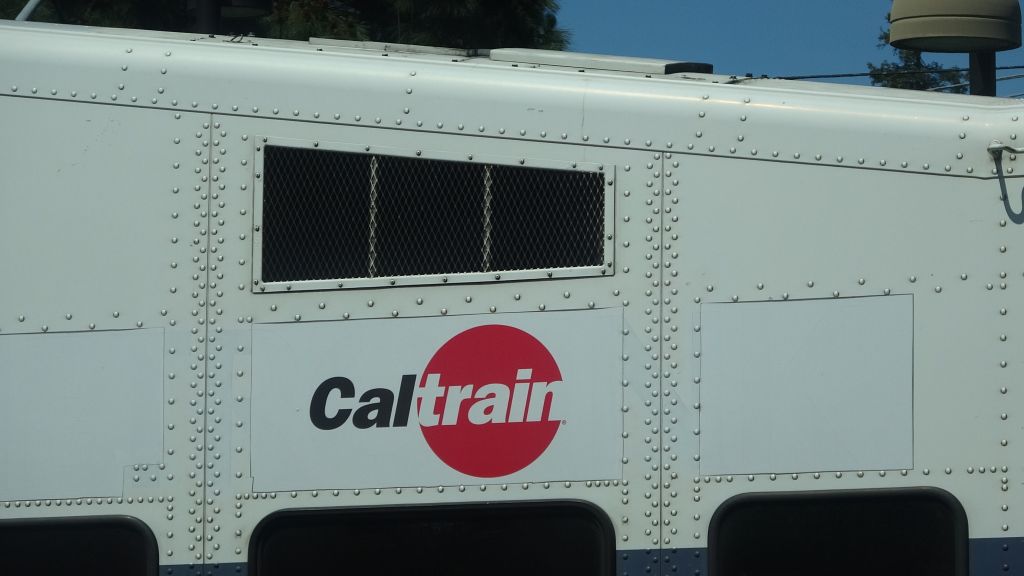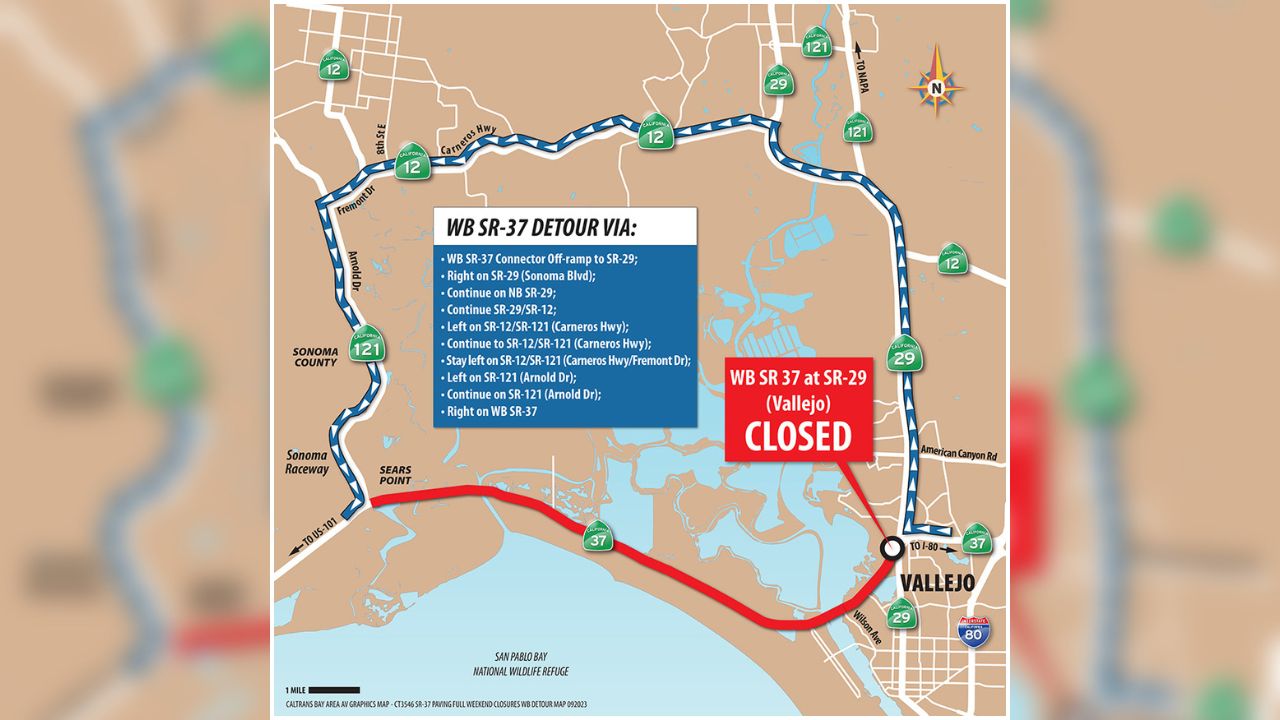NBC Bay Area’s Investigative Unit has learned that state regulators now accuse PG&E of hindering their investigation into a dig-in accident nearly five years ago that left a San Jose worker seriously burned.
Back in November 2014, one of Robert Pena’s first jobs as a newly hired San Jose city maintenance worker was to clear a clogged sewer line. He was in a trench dug in the street on Scottsdale Drive when his crew saw that something was blocking the line.
“We thought it was just a line that had a lot of roots in it,” said Pena, 34, of Gilroy. To clear the line, Pena used a battery-operated power saw.
“I started cutting and the next thing I know I see a big flash, an orange flash — it exploded right in my face — luckily I didn’t get electrocuted.”
Pena was thrown back five feet, but managed to scramble out of the trench in the street in time to avoid the second explosion. The roots, it turned out, concealed a 21,000 volt PG&E power line, one that was improperly installed across the sewer pipe.
A crew with PG&E’s 811 safety team had been out to find and mark the underground lines for Pena’s crew, but they did not mark the high voltage wire that ran through the sewer pipe.
After an investigation, the state’s public utilities commission in 2015 fined PG&E $450,000 for the errors.
Local
PG&E paid that fine and the case was long resolved when, earlier this year, a PG&E insider blew the whistle on the 811 program.
Katherin Mack said 811 workers were cutting corners under pressure, without calling in electrical workers to assist them in finding buried power lines. She cited the San Jose incident as proof of the dangers involved when workers do not call in qualified experts.
A month after NBC Bay Area’s Investigative Unit reported Mack’s concerns about the San Jose incident, the utility wrote a letter to state regulators, acknowledging for the first time that a key document the company’s 811 crew submitted had been falsified. Specifically, that the 811 work ticket noted there had been a “crew assist on electric locate” that day. The utility now acknowledges that, in fact, the crew never summoned a qualified electrical worker to assist them.
At the same time, PG&E turned over a report that the utility had commissioned on the incident. The report by Exponent concluded that 811 workers failed to follow several of the company’s rules and did not call in a qualified expert to help locate the line.
The late disclosure prompted a filing by the CPUC engineer who investigated the San Jose accident, accusing the company of having “impaired and delayed” their probe for at least four and half years after the Exponent report was submitted in April 2015. Regulators are not saying what action, if any, they will take based on the concerns raised by its safety arm in the recent filing.
No matter what actions regulators may ultimately take, State Senator Jerry Hill says the company has proven that it cannot be trusted to run its 811 program.
“It seems that PG&E can’t determine whether a person is qualified or not qualified and they put our lives at risk because of it,” said Hill, a frequent critic of the utility and state regulators.
In this case Hill said he agrees with regulators that the company’s failure to come clean left them unaware of larger safety concerns.
“They knew what the answer was, they just didn’t want to tell anybody about it,” Hill said. “That’s criminal, that’s wrong, it’s unsafe and irresponsible.”
A former regulatory judge with the CPUC, Steven Weissman, suggested one way to make sure a utility such as PG&E is truthful is to set up an office inside their corporate headquarters.
“If the utility cannot be trusted, because it’s not being forthright, then you have a serious problem.”
PG&E says it is cooperating with the ongoing investigation and has overhauled its 811 Locate and Mark program in response to regulators’ concerns.
“PG&E took and continues to take critical corrective actions to meet our regulatory requirements,’’ the company said in a statement, adding that it has brought in new management, hired more locate workers while improving training, auditing and tracking of its underground lines.
As for Pena, it took him five months to recover from third degree burns to his face and arms. Now back at work in another division with the city, he says he will always remember what state accident investigators told him.
“They said: ‘Give your wife and your kids a hug, because you got saved — you know, you shouldn’t be with them right now,’’’ Pena said, adding that he wants to make sure it doesn’t happen again.
“What if someone dies as a result of it? You’re gambling with someone’s life, someone’s family, someone’s children.”



